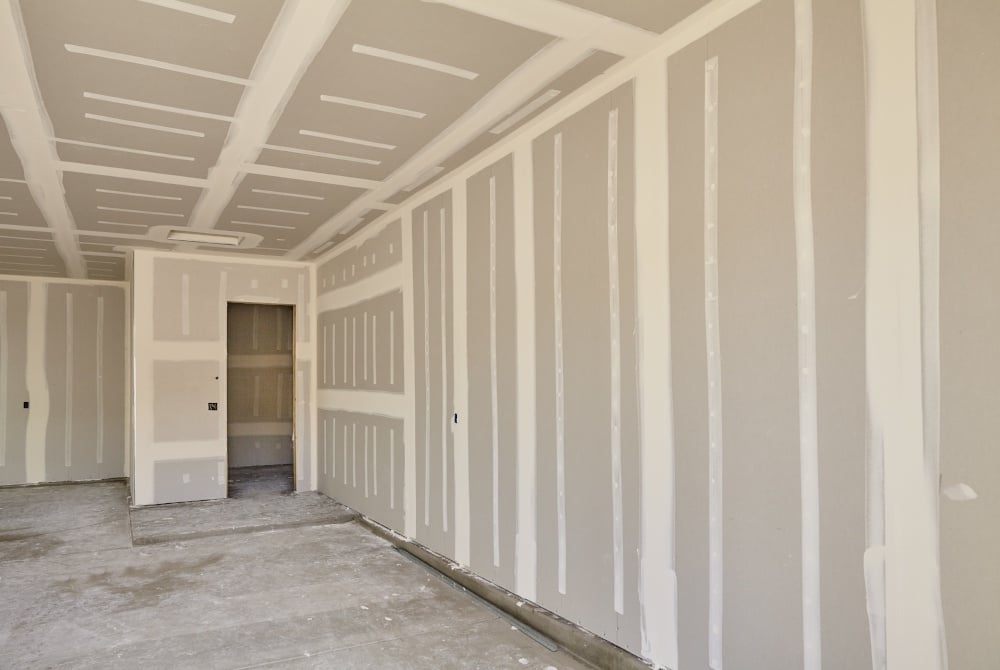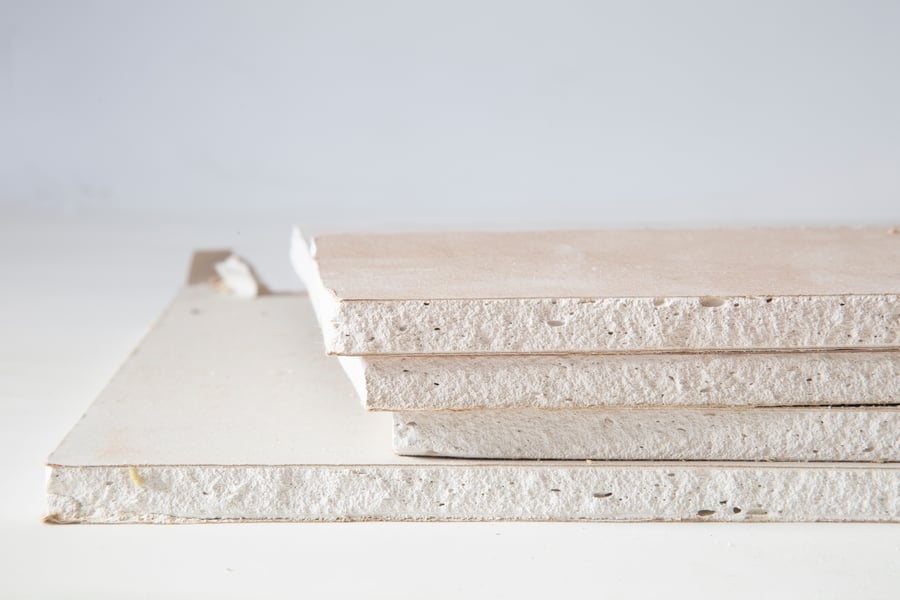Testing Gypcrete Construction Flooring with Drywall Moisture Meters

Gypcrete, a mixture of sand and gypsum that is named after concrete, is an incredibly versatile construction flooring material that is popular for multi-family homes and office buildings. Two of the reasons that gypcrete is so popular for these kind of structures include its superior fire resistance and soundproofing qualities. Other features of gypcrete, such as its ease of application, ability to provide a smooth, flat surface and quick drying time, are also highly desirable in other construction flooring jobs.
This floor underlayment is a great buffer between flooring and wood, concrete and other subfloor materials. It creates a flat surface to lay flooring on that helps ensure a level flooring job.
However, like with any flooring material used for construction, moisture remains a major concern for gypcrete. In fact, because gypsum is so sensitive to moisture, it’s even more important to carefully check the moisture content percentage (%MC) of gypcrete than it is for other materials.
The question stands: how can you check the %MC of gypcrete?
The best solution would be to use a moisture meter that uses a gypsum scale.
Why a Drywall Moisture Meter?
The primary component of gypcrete is gypsum. In fact, some formulations of this construction flooring underlayment are 95% gypsum. So, it makes sense to use a drywall moisture meter for testing gypcrete because these meters are specially made to test gypsum.
How Do I Test Gypcrete?
Testing gypcrete with a drywall moisture meter is functionally similar to how you would test drywall. After the gypcrete has been given the minimum recommended amount of time to set, simply push the pins or probe of the meter to the desired depth and take a reading.
Some of the specifics, such as meter settings, may vary from one meter to the next, so be sure to reference the meter’s instructions for testing drywall before you get started.
Generally, the desired moisture content threshold of gypsum products like wallboard is “1%” or less. This is considered conservative for gypcrete installations. Some manufacturers recommend “5%” as the threshold at which a floor can be installed over gypcrete. So it’s always best to consult the technical support team of the gypcrete product manufacturer for recommendations.
Taking a moment to test gypcrete with a moisture meter can help avoid problems associated with building on the underlayment before it’s ready.
What Kind of Moisture Meter Should I Use?
There are a few different moisture meters on the market that you could use to test gypcrete. Ideally, you would want one that uses the gypsum reading scale to get a quantitative assessment of the underlayment, like the BD-2100 gypsum moisture meter or the TechCheck PLUS 2-in-1 meter.
However, if a gypsum scale moisture meter isn’t available, then a test could be completed with the reference scale. Just to note, though, this would be a qualitative assessment instead of a quantitative one. Also, because of the extreme sensitivity of gypsum to moisture, any significant amount of moisture would be a “fail.”
To use a reference scale meter, first test a sample of gypcrete you know is dry and then test the rest of the underlayment. This gives you a point of comparison.
Pinless meters generally aren’t used for testing gypcrete, because the underlayment may be too thin for the full scanning depth of the meter. Also, some gypcrete formulations are poured directly over pipes and wires, which may throw off reading results.
Get ready for your next construction flooring installation with the right tools for the job. Protect your professional reputation with moisture meters for flooring!
Subscribe to Our Blog
Post Related

How to Determine the Optimal Moisture Content of Drywall and Gypcrete


